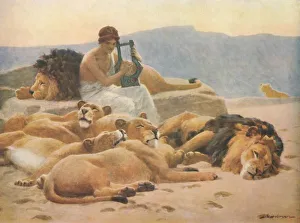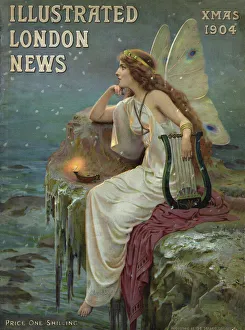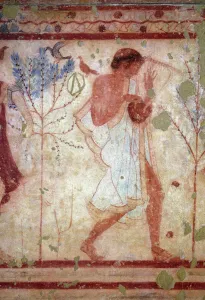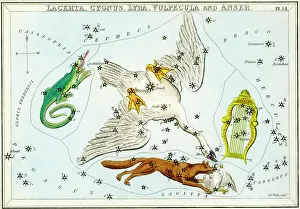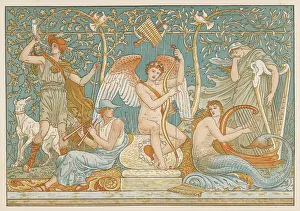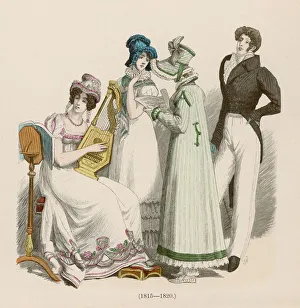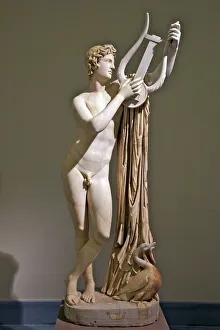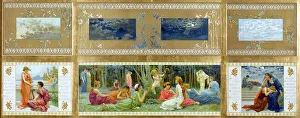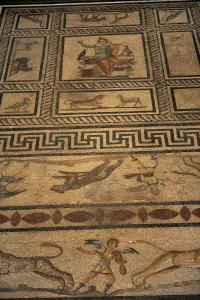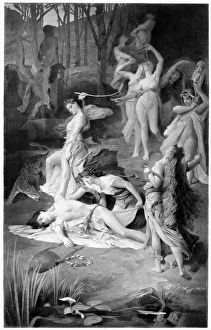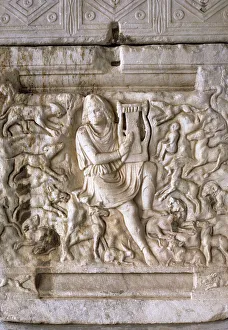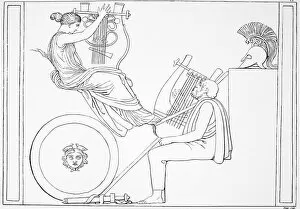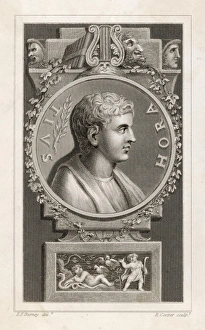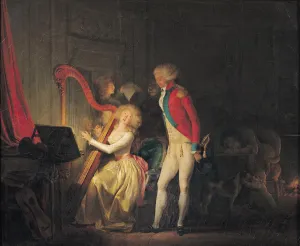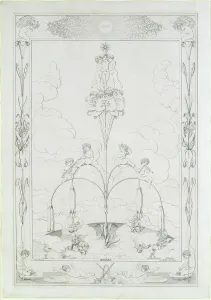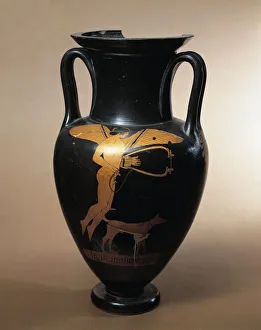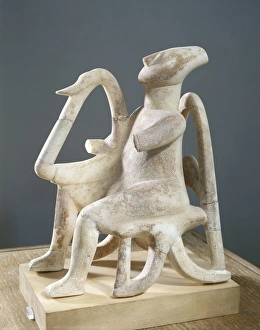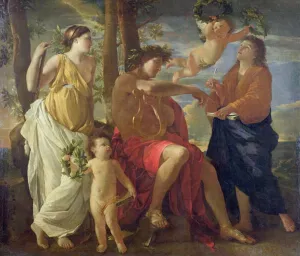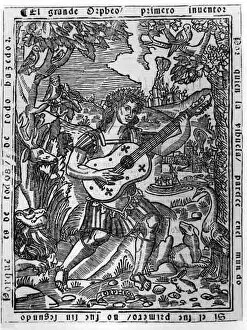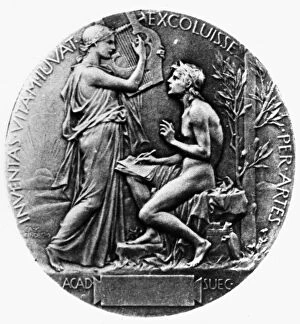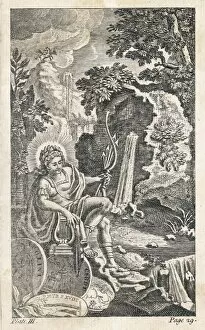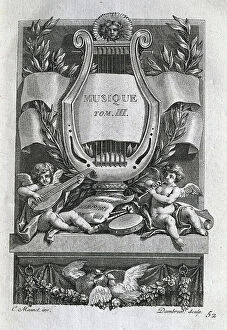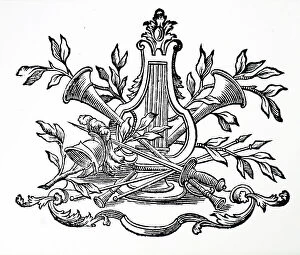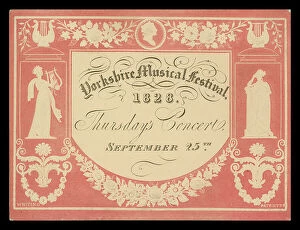Lyre Collection
The lyre, a timeless symbol of music and poetry, has captivated artists and musicians throughout history
All Professionally Made to Order for Quick Shipping
The lyre, a timeless symbol of music and poetry, has captivated artists and musicians throughout history. From its depiction on the Illustrated London News Christmas number cover in 1904 to The Bard immortalizing it in his oil painting from c. 1817, the lyre's enchanting melodies have resonated across centuries. In the celestial realm, the Cygnus and Lyra constellations pay homage to this ancient instrument. As stars twinkle in harmony, they echo the harmonious chords produced by skilled hands strumming a lyre's strings. Musical Instruments of 1883 showcases various renditions of this captivating instrument - each with its unique charm and allure. Blunt / Cygnus & Lyra / Pl32 captures its elegance as part of an exquisite costume design for 1815-1820. Even literary giants like Dr Johnson found solace in its melodic embrace while reading Oval. Orpheus himself wielded a lyre so masterfully that even nature danced to his tunes; John Charles Dollman's Orpheus and His Lute beautifully portrays this mythological tale from late 19th-early 20th century (1914). Ancient artifacts further testify to the enduring legacy of the lyre. Apollo offering a libation to the raven on a kylix dating back to the 5th century BC transports us back in time when this instrument was revered as divine inspiration. A marble sculpture of Pothos from the 2nd century AD reminds us that love can be expressed through lyrical melodies. The world of theater also embraced this enchanting instrument; Design for Gilbert and Sullivan's A Dream of Patience incorporates it into their whimsical production, adding an ethereal touch to their storytelling. Lastly, a mosaic depicting Orpheus at Miletus displayed at Berlin's Pergamon Museum serves as a testament to how artistry transcends boundaries and connects civilizations.

